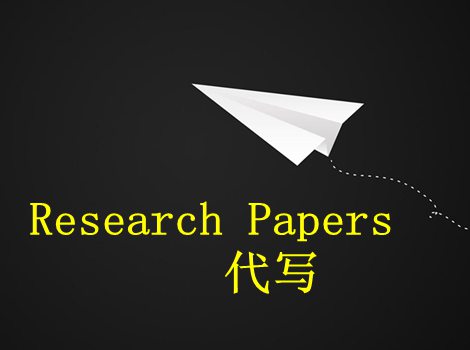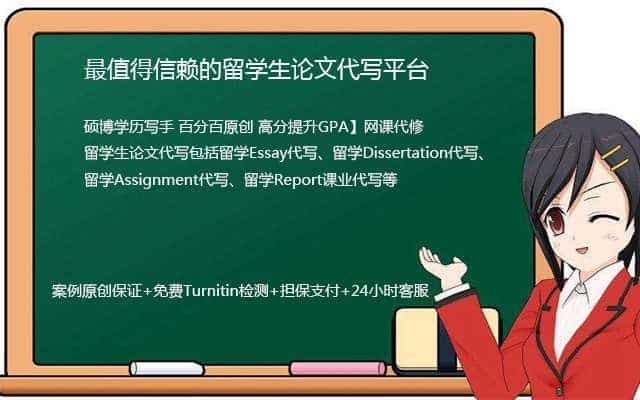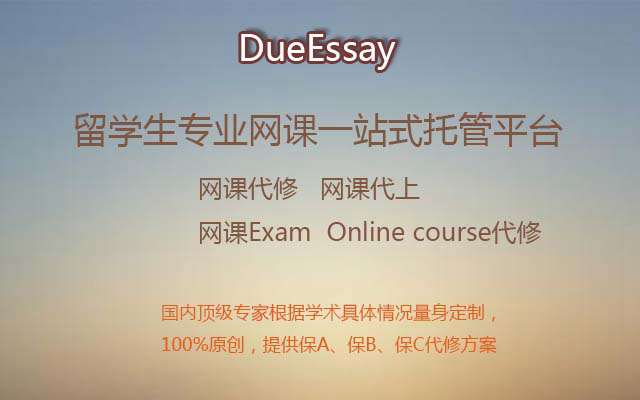
历史作业代写,History ASSIGNMENT代写
发布时间:2020-12-17
History essay代写,Paper、Report服务,History代写,历史学代写,历史Essay写作,History论文代写。

ASSIGNMENT:
In Friday discussion sections we have considered the “stories” people tell or believe about the past and the way in which these stories become a “history” that people take to be true. While much of what we know about the past comes from surviving historical documents, it remains an inescapable fact that these documents cannot be taken at face value. They are, after all, produced by humans and contain the assumptions and prejudices of the people who produced them. Primary documents – that is, historical writings from the time period - give us a picture of things “as they were.” Yet, these documents also often suggest a particular version of events—a particular story. As historians, we build our fact-based understandings of the past through these kinds of written evidence. However, we must approach the evidence with a critical mindset.
DIRECTIONS:
Write a 2-page paper (450-600 words, Times New Roman font, 12-size, double-spaced) that analyzes a passage, or even multiple passages, from one of the primary documents discussed in Friday section: Andrew Carnegie’s Gospel of Wealth (1889)
Ida B. Wells’ Red Record (1895), Letter of Ho Chi Minh to US Secretary of State (1919), “Letters of Negro Migrants, 1916-1918.”
In your paper, be sure to quote key phrases or sentences that illustrates or supports your arguments. An “A” paper will bring in additional ideas, facts, and arguments from Foner and lecture notes.
Papers are due Wednesday, March 18. Late papers will be penalized 5% for each day late. Your paper must address the following questions. Questions 1-4 are factual questions and can be answered in a short first paragraph. Your responses to questions 5-7 should take about 2-3 paragraphs and form at least 75% of your paper. Indeed, your responses to #5-7 form the heart of your paper since they demonstrate your ability to analyze and evaluate the claims made in your chosen historical document.
WRITING HINT: No paragraph should be shorter than 4 sentences, or longer than 2/3 of a page.
1.)Who is the author(s) of the primary source?
2.)What type of source is this? (e.g., letter, map, cartoon, biography, government document)
3.)What is the message of this source? What is the author describing? What is happening in the text or image?
4.)Who is the intended audience? Who is the author addressing? Was the source intended for a private or public audience?
5.)Why was this source created? Is the author trying to persuade the audience of something?
6.)Is this source credible and accurate? Why should you trust or distrust this source?
7.)How is this source significant? How does it relate to other sources from the time period or along the same issue or theme? Does it support or contradict them? Does this source shed any new light on a HISTORICAL QUESTION OR issue? HOW DOES THIS SOURCE AFFECT YOUR UNDERSTANDING OF THE HISTORICAL CONTEXT SURROUNDING IT? How does it relate to the QUESTIONS, TERMS AND THEMES discussed lectures and readings?






